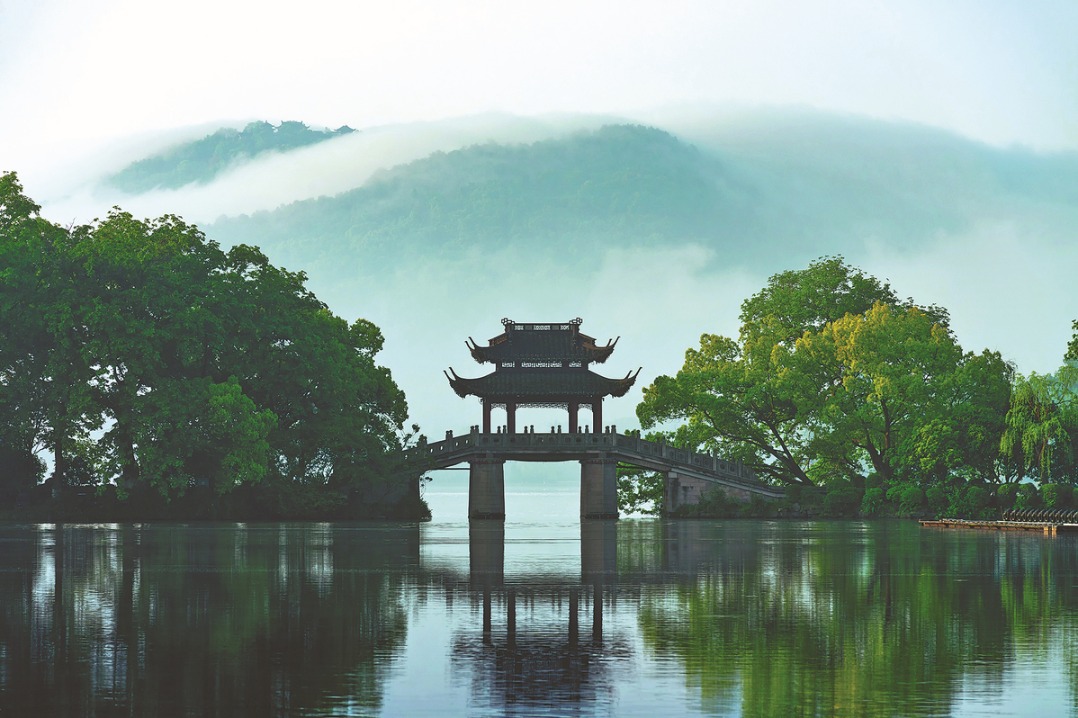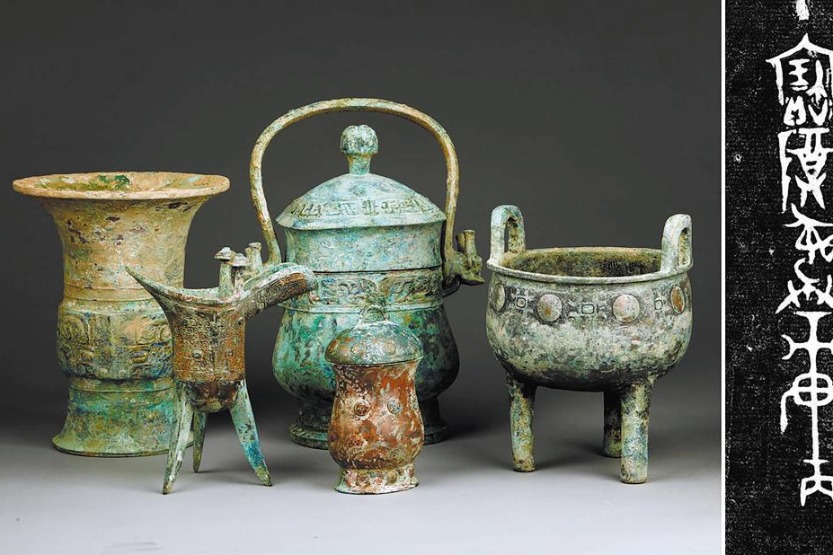Where nature is shaped by hand
Jiangnan's classical gardens are portals to the past, in which the echoes of yesterday are alive and growing, Yang Yang reports.


Many Jiangnan cities still have ancient gardens, which represent the Chinese ideal of the harmonious coexistence of humans and nature.
At the heart of the Confucius Temple in Nanjing, Jiangsu province, which is part of the Qinhuai River Scenic Belt, is one of the Four Great Gardens of Jiangnan. The Zhanyuan Garden is around 600 years old and is the city's oldest surviving classical garden.
Its quintessential landscaping revolves around three elements: artificial hills, water features and scholar's rocks. The Zhanyuan Garden's triumphant rockery exemplifies the "mountains dominant, waters subordinate "philosophy of classical gardens.
Among its marvels is the Fan Pavilion — a bronze structure recognized as one of the world's earliest climate-controlled buildings, which made use of a heating system that was innovative in China of its time.
On snowy days, servants would burn charcoal inside the Western Artificial Hill and the heat would travel through pipes upward so that people in the pavilion would feel warm, according to an on-site guide surnamed Zhang.
In his satirical book Rulin Waishi (The Unofficial History of the Scholars), Qing novelist Wu Jingzi describes in Chapter 53 the grandson of Duke Xu Da, who helped Zhu Yuanzhang to overthrow the Yuan (1271-1368) government and establish the Ming Dynasty, enjoying a drink with his cousin while appreciating snow from the Fan Pavilion. Outside snowflakes fall, inside they have to take off their clothes because it is too hot.
One of the best times to visit the Zhanyuan Garden is at night during the spring, especially when accompanied by a good friend. At about 8 pm, an on-site guide shows small groups of visitors around the quiet, dimly-lit garden. If they are lucky, when they reach the platform outside the Zhuyue Lou (the "moon-chasing building"), visitors will be able to appreciate two moons: one in the sky and the other reflected in the small lake.
























